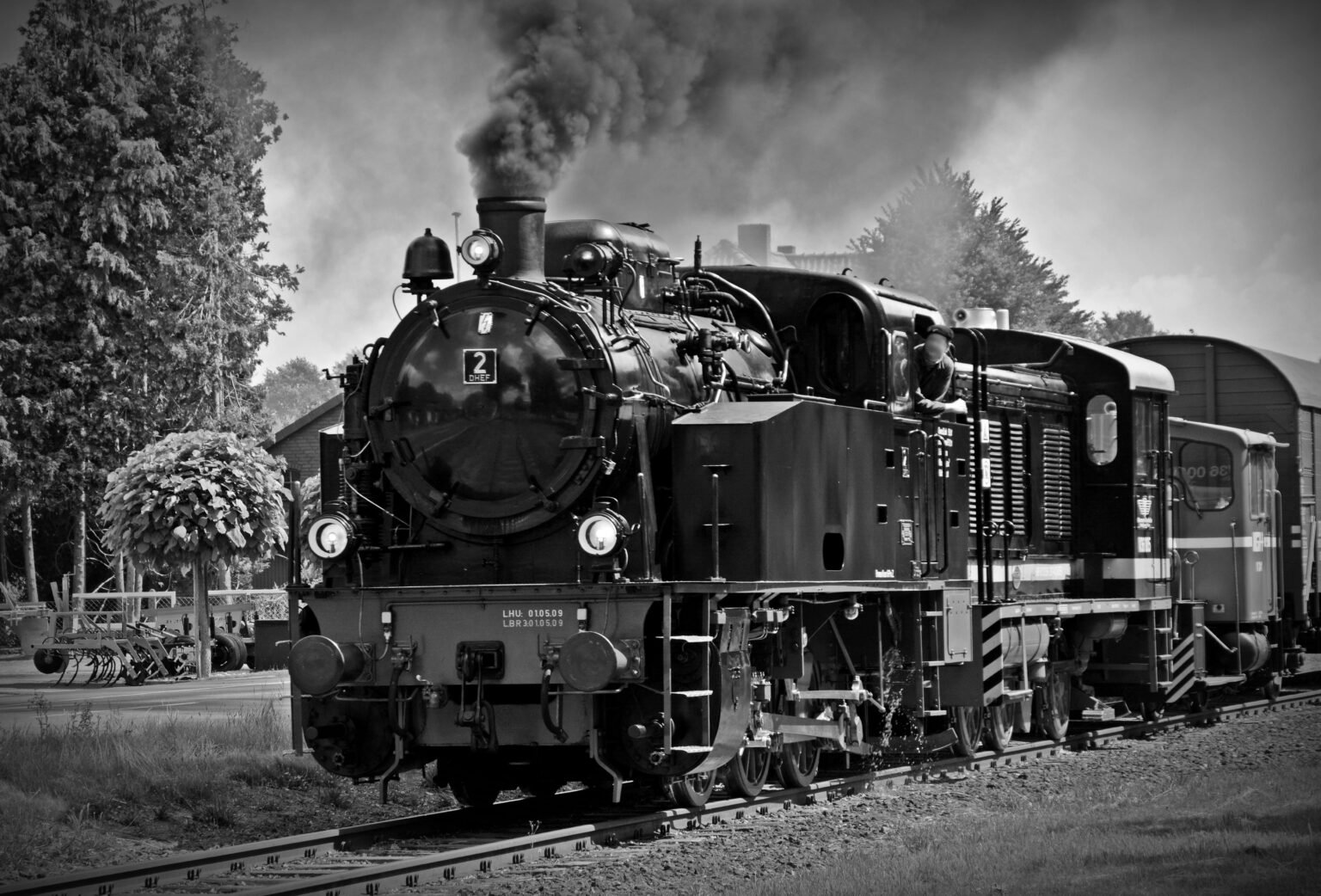Why Lucknow Became Lakshmanpuri?
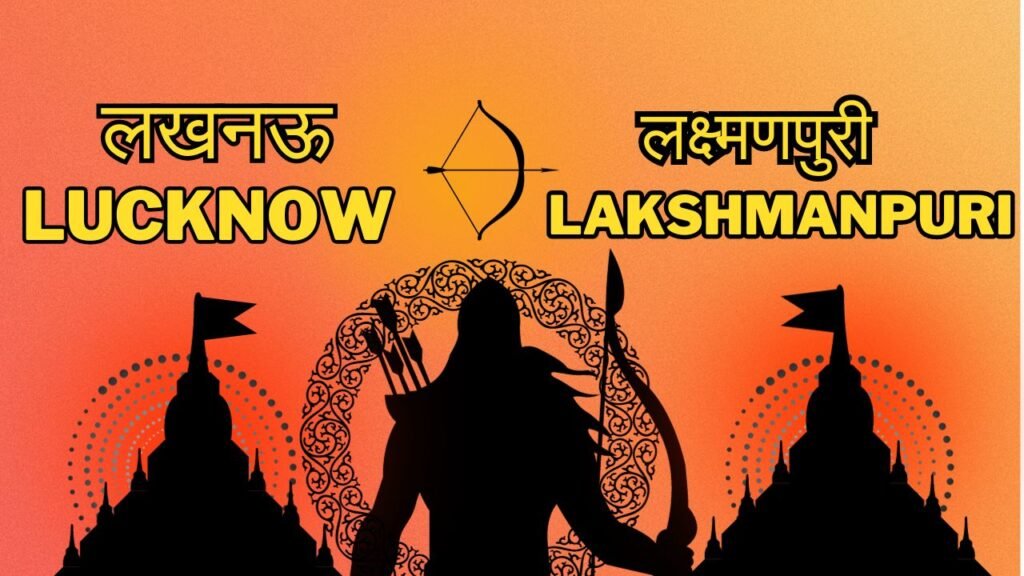
As per Ancient belief’s, Lord Ram had gifted Lucknow to Lakshman ji and had since been named after him as ‘Lakhanpur’ or ‘Lakshmanpur’ but in 18th century, the then nawab Asaf-ud-Daula renamed it as Lucknow.Meanwhile, a large, bronze statue of Lakshman, the younger brother of Lord Ram, was placed outside Chaudhary Charan Singh International Airport though it is yet to be formally unveiled.Shri Lakshman after he had conquered Lanka by killing the demon king Ravana and also fulfilled the condition of spending 14 years in exile where Shri Laxman had accompanied him and served him throughout.Lakshmanpuri is the new name of lucknow.
Lucknow, the capital city of the Indian state of Uttar Pradesh, is historically known for its rich cultural and political significance. The name “Lucknow” is believed to have originated from the ancient city of which is associated with Hindu mythology.Lakshman ji established the city during the Ramayana period.
According to legend, Lakshmanpuri is said to be the place where Lakshman, the younger brother of Lord Rama, established the city during the period of the Ramayana. Lakshman is a central figure in the Hindu epic, and he is known for accompanying Lord Rama and his wife Sita during their exile. The story goes that Lakshman established to protect Sita from the demons.
While there is a connection between the name “Lakshmanpuri” and the mythical city of , it’s essential to recognize that the historical and cultural aspects of a city’s name can be complex, and there may be multiple factors contributing to its evolution. contributing to its identity and heritage.Learn more..
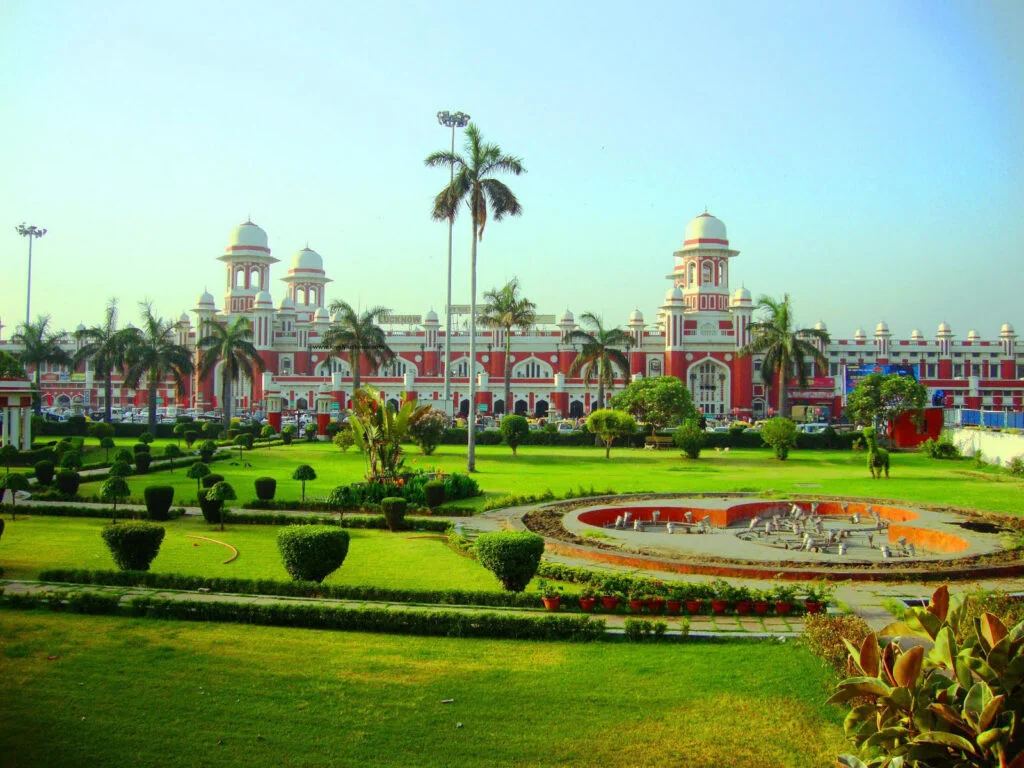
Top 12 Places To Visit In Lakshmanpuri
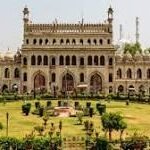
Bara Imambara
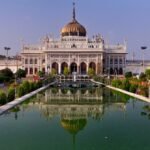
Chota Imambara
Residency
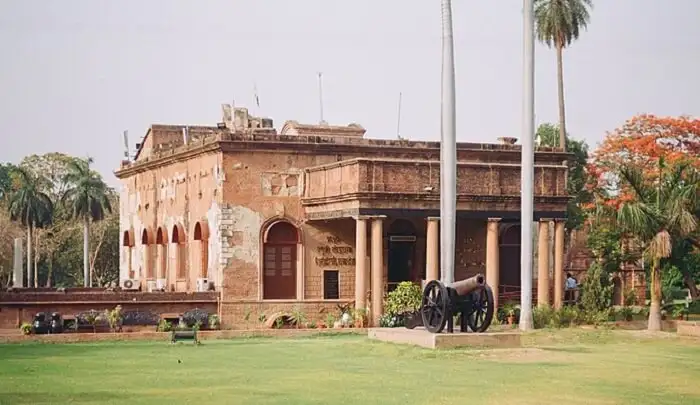
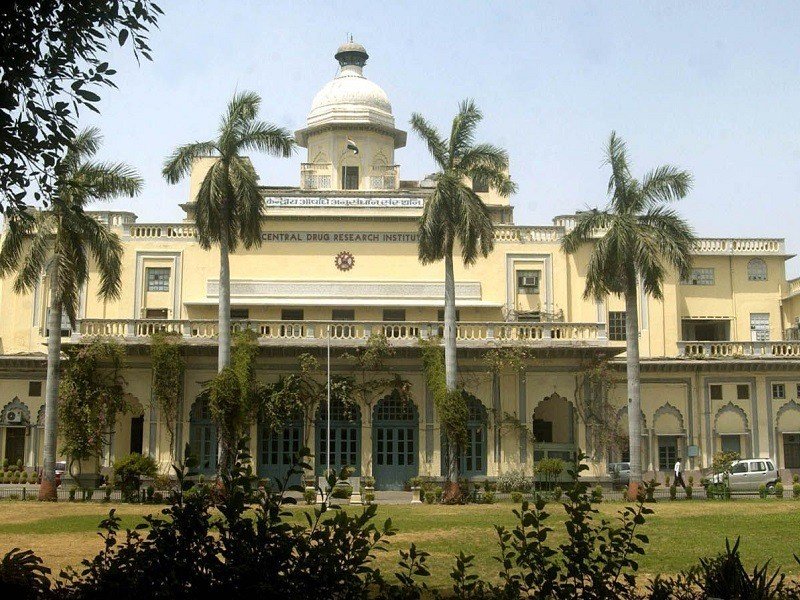
Chattar Manzil
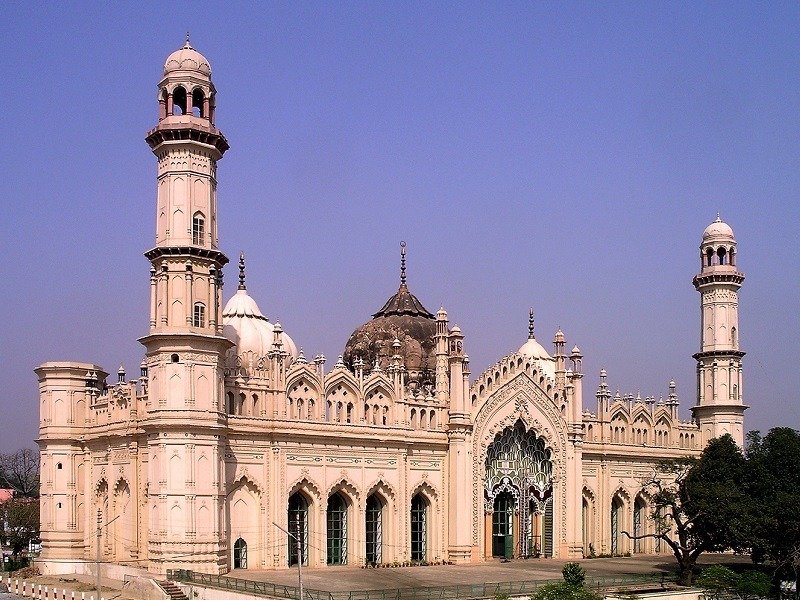
Jama Masjid

Rumi Darwaza
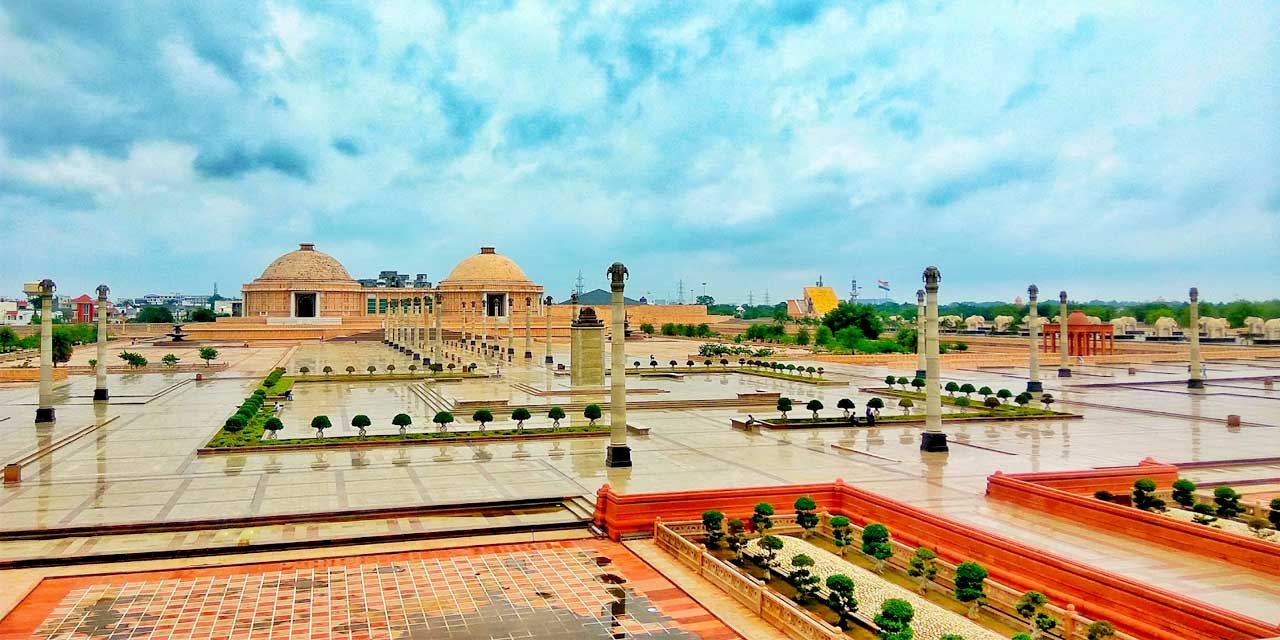
Ambedkar Park

Janeshwar Park
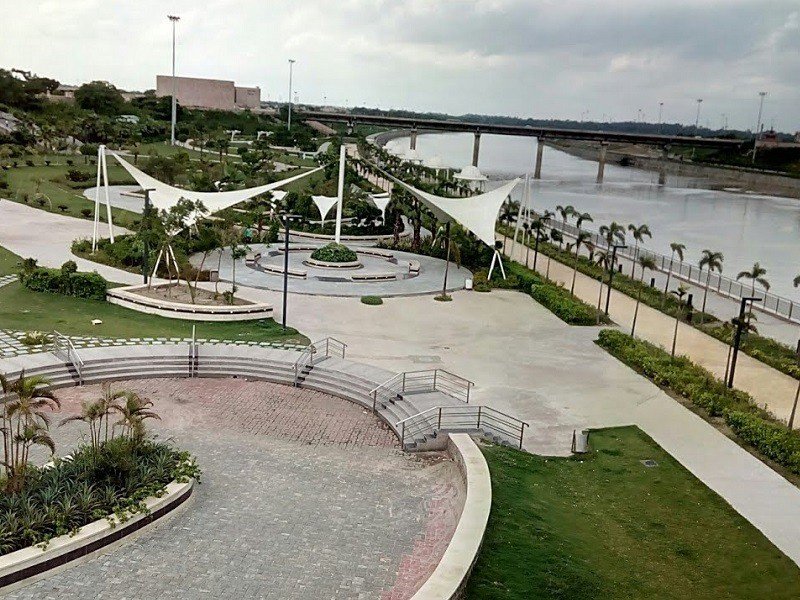
River Front Park
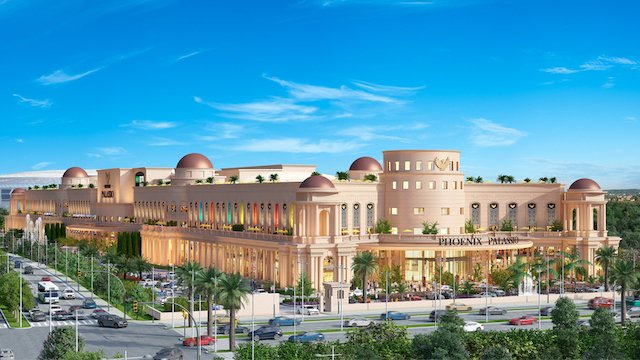
Phoenix Palassio Mall

Lulu Mall
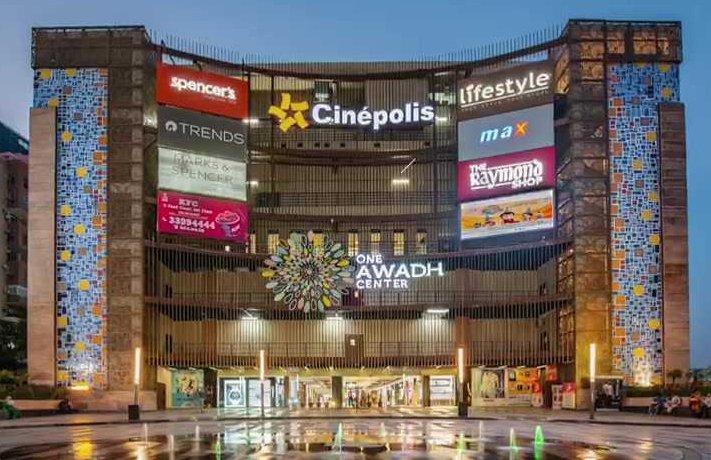
Cinepolis Mall
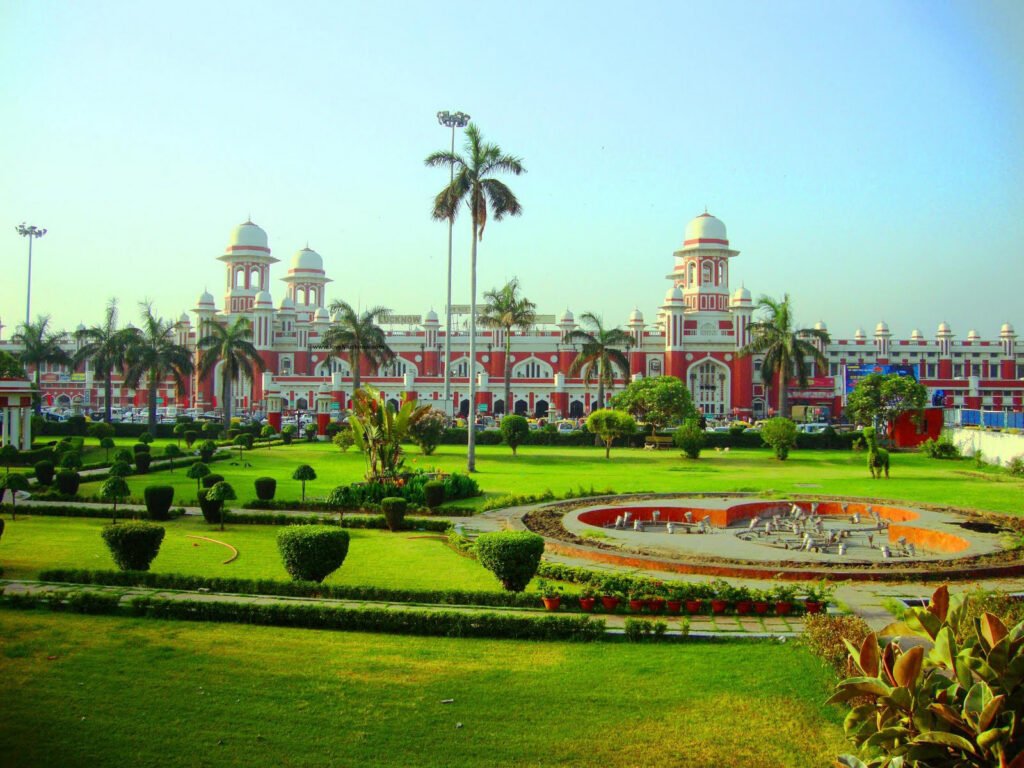
Interesting Fact's About Lakshmanpuri
Lakshmanpuri, is the capital city of the Indian state of Uttar Pradesh, is a city rich in history, culture, and notable facts. Here are some interesting facts about this city.
-
Cultural Hub: The city is often referred to as the “City of Nawabs” due to its historical connection with the Nawabs of Awadh. It has been a significant cultural and artistic center in North India.
-
Nawabi Architecture: The city is known for its exquisite Nawabi architecture. The Bara Imambara, Chota Imambara, and Rumi Darwaza are prominent examples of architectural brilliance from the Nawabi era.
-
Tehzeeb and Adab: Lakshmanpuri is famous for its “Tehzeeb” (etiquette) and “Adab” (manners). The city has a legacy of refined manners, courtesy, and a unique blend of Hindu-Muslim cultural elements.
-
Culinary Delights: Lakshmanpuri is a paradise for food enthusiasts, particularly those fond of Mughlai cuisine. The city is renowned for its kebabs, biryanis, and the iconic Tunday Kababi.
-
Chikankari Embroidery: The city is a hub for Chikankari, a traditional form of hand-embroidery that originated in the city. It is characterized by intricate and delicate floral patterns on fabric, and Lucknow is one of the major centers for this craft.
-
Literary Heritage: The city has a rich literary heritage and has been home to renowned poets and writers.
-
Historical Monuments: Apart from Bara Imambara and Chota Imambara, Lucknow boasts other historical monuments such as the British Residency and the La Martiniere School, which have witnessed significant events during the Indian Rebellion of 1857.
-
-
How to reach Lakshmanpuri

1-By Air:
- Chaudhary Charan Singh International Airport :
- Lakshmanpuri is served by Chaudhary Charan Singh International Airport, which is well-connected to major cities in India and some international destinations.
- You can book a flight to Lakshmanpuri from your nearest airport.
2-By Train:
- Lakshmanpuri Railway Station:
- Lakshmanpuri has several railway stations, with Lakshmanpuri Junction being the main one.
- You can check the availability of trains and book tickets through the official website of Indian Railways (https://www.irctc.co.in/) or visit the nearest railway station.
3-By Road:
-
National Highways:
- The city is well-connected by road through national highways. The major ones include NH30, NH27, and NH230.
- You can drive or hire a cab to reach Lucknow by road.
-
4-State Transport Buses:
- State-owned and private buses operate to and from the city, connecting it to various cities and towns.
- You can check with the respective state transport corporation or private bus operators for schedules and bookings.
-
5-Private Vehicles:
- If you prefer a private vehicle, you can drive to the city or hire a taxi or cab service.
6-Local Transportation:
- Within Lakshmanpuri:
- The city has a well-developed local transportation system, including auto-rickshaws, cycle-rickshaws, and taxis.
- Ola and Uber services are also available in the city for convenient local travel.
More Websites of Lakshmanpuri :-
